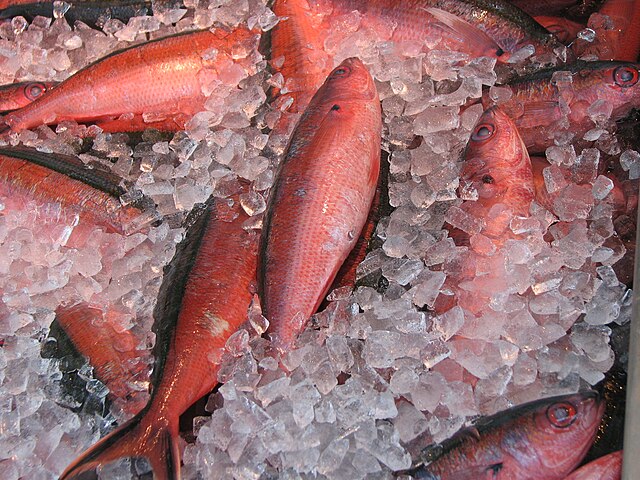Come the year 2034, production of food and fish worldwide will have increased by 14%, with 22% of calories regularly crossing borders. This is according to the 21st Outlook edition by the Organisation for Economic Co-operation & Development (OECD) and the Food and Agriculture Organization (FAO).
The OECD-FAO report pins down output improvement to arable land expansion and rising productivity in middle-income economies.
Among these is India, which will represent 29% of the keynote global wheat production increment to 3.2 billion tonnes in 2034.
India, again, will account for 41% of the world’s modest rice output increase of 61 million tonnes, to 598 million tonnes.
The United States and Brazil will rally the highest global maize or corn production increases. Together with other nations, they will raise the 2034 worldwide output by 188 million tonnes, to 1.4 billion tonnes.
Likewise, greenhouse emissions will increase by 6% decade-on-decade, although improved productivity and sustainability projects could ameliorate increments.
Third World’s Nutritious calorie intake to Rally Sharply
Developing and middle economies will account for nearly all 13% increase in farm and fish product consumption next decade.
Lower-and-middle income nations will boast the highest growth in nutritious animal and seafood product intake by 25%, versus 6% globally. This will bring intake to 364 kilocalories (kcal) per person per day, above the FAO’s 300-kcal recommendation.
Despite these gains, animal calorie consumption in critically poor nations will remain far lowly at 143 kcal per person per day.
India/southeast Asia will represent 39% of next decade’s global consumption growth, while China’s share will slash from 32% to 13%.
22% of Calories to Cross Borders
And illustrating how food is increasingly turning international, 22% of all calorie intake will trade across borders by 2034.
Although the 22% is the same as in the 2014-24 timeline, it is however above the 17% of the early 2000s.
The OECD-FAO report recommends the development of dynamic international trade cooperation rules to ease these trade exchanges.
Primary trade factors include world produce prices, which could either remain stable or decline modestly due to rising productivity.
If prices decline, they could negatively affect smallholders who cannot cancel out low price margins without ample yields.
In summation, the report based its predictions through historical analyses alongside economic and political data. As such, it advances the outlook of food and fish production in past years, per the below statistics.
Worldwide Food Production Statistics
The world’s food production catapulted in just four decades from 1961 through 2020 by almost 4 times. According to the U.S. Department of Agriculture (USDA), this timeline saw arable land grow 7.6%, to represent 32% of the global landmass.
Productivity in turn boosted agriculture since 1990 when vertical farming increased food production in small spaces. This helped attune food needs to a burgeoning global population that grew 2.6 times in the 1961-2020 timeline. This population in turn hiked food production per capita by 53% in just four decades.
Is China still a major production/consumption hub?
In its 2024-33 production Outlook, the OECD-FAO assessment replaced China’s historical production and consumption dominance with southeast Asia. From that report, China’s consumption growth global share plummeted from 28% to 11%, decade-on-decade. In the 2024-34 Outlook, China’s consumption growth share worldwide had waned from 32% a decade ago to 13%.
Who historically leads corn production ?
The United States and China have perennially led the production of one of the most important human food and animal feed. Between 1961 and 2023, the United States cumulatively increased corn output from about 100 million tonnes to below 400 million tonnes annually. China, in turn, came from over 10 million tonnes in 1961 to over 250 million tonnes yearly, in the early 2020s.
